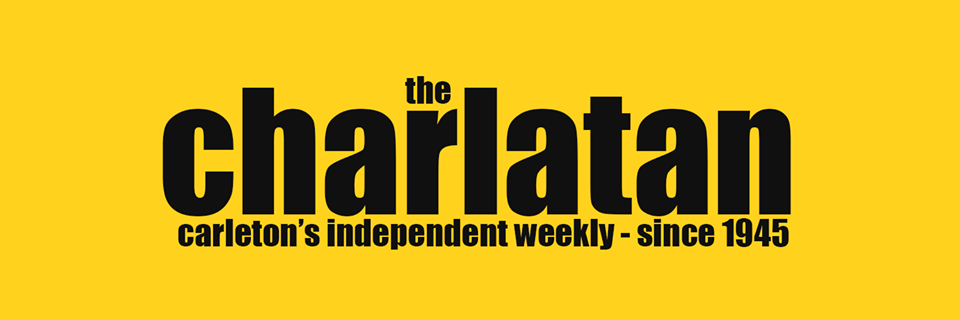I recently finished binge watching one of Netflix’s latest original offerings. In it, the main characters sit in suburban, neon-lit parking lots listening to police scanners, anxiously anticipating tragedy to strike. When a hot call comes in over the radio, they head out into the night, cruising down the freeways of Los Angeles as fast as they can.
The show isn’t a scripted drama about first responders or daredevil ambulance chasers. Rather, it’s a gritty, sometimes disquieting documentary series about three independent camera operators who scour the City of Angels looking for crime scenes and car accidents to film for money.
Shot in the Dark is a moody documentary series that follows Howard Raishbrook and his main competitors, Zak Holman and Scott Lane, as they speed Los Angeles from one horrific incident to another. The men are what’s called ‘stringers’–professional camera operators whose sole purpose is to gather footage that can be sold for top dollar to the local news networks. Under the cover of darkness there are bus fires, gangland shootings, and high-speed police pursuits. In the eyes of the three protagonists, they’re all good fodder for the lens.
The old TV journalism adage “it if bleeds, it leads” is especially true here, as the three stringers are constantly debating which late-night catastrophe will earn them more money. Should they race to film the police response to a gang shooting — where, with any luck, they might snag precious footage of a bleeding victim being put into an ambulance? Or will they head to the fiery car crash on the interstate with the hopes of getting there in time to film the vehicle explode?
While the series is admittedly deeply engrossing and binge-worthy, it is also highly problematic. Never mind that its subjects have some highly questionable morals. The show is a colossal insult to journalism.
Throughout the show, both Raishbrook and Holman refer to themselves as journalists, something that left me with a sour taste in my mouth. Thankfully, Lane readily admits that the work he does is the farthest thing from journalism. Unlike his counterparts, he sees stringing as a profitable business venture and nothing more.
After watching all eight episodes in just a few days, I found no possible way to justify calling Raishbrook and Holman journalists. While it is true that all three men work hard to document events, they are doing so for their own financial gain, rather than for the public good.
A stringer’s key motivator is to get the most graphic footage as quickly as possible, even if that means exploiting human suffering night after night. There are lots of gruesome stories to choose from at night in a city as sprawling as Los Angeles, and so the stringers have to decide which stories to tell in order to make big bucks. Unsurprisingly, stories involving dead or injured people are far more satiable to the stringers and to the hungry networks.
In the world of stringing, there is no time to think about ethics or responsible journalism. There is only time to make sure the camera is rolling as the highway patrol officers handcuff the pursuit suspect or firefighters douse a flaming vehicle.
What is particularly troubling about this series is that it shows how its subjects willingly put their lives at risk every night, episode after episode, for nothing more than to line their pockets. In some ways the series almost pornographizes human suffering. The stringers have an unquenchable thirst for violence, death, and destruction.
As a journalism student about to begin a career in the field, I like to believe that most journalists are motivated by their responsibilities to inform the public and to uncover the truth. In fact, throughout J-School I’ve met several working journalists who told me they weren’t in the profession for the money.
The same clearly can’t be said for the characters in Shot in the Dark. They aren’t journalists., Tthey’re greedy voyeurs who intrude on some of the most dire moments of people’s lives all in the hopes of making a quick buck.






